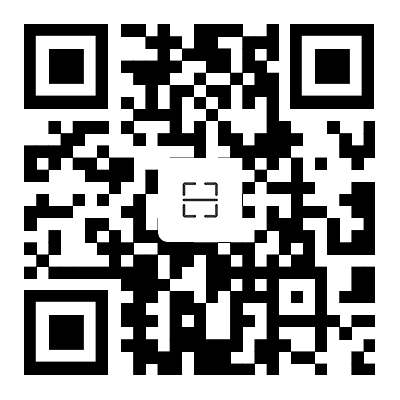The structure of the tool
Category: Company News
Time:2023-08-07
The structure of various tools is composed of clamping part and working part. The clamping part and the working part of the overall structure of the tool are done on the cutter body; the working part of the tool with the insert structure (cutter teeth or blade) is mounted on the cutter body.
The clamping part of the tool has two types of holes and handles. The tool with hole is set on the spindle or spindle of the machine tool by the inner hole, and the torque is transmitted by the axial key or the end face key, such as the cylindrical milling cutter, the sleeve face milling cutter, etc.
The tool with shank usually has three kinds of rectangular shank, cylindrical shank and conical shank. Turning tools, planers, etc. are generally rectangular shanks: conical shanks bear axial thrust by taper and transmit torque by means of friction; cylindrical shanks are generally suitable for smaller twist drills, end mills and other tools, and are used for clamping when cutting. The friction force generated during the transmission of torsional torque. The shank of many shank tools is made of low-alloy steel, while the working part is made of high-speed steel by butt welding the two parts.
The working part of the tool is the part that produces and processes chips, including the blade, the structure that breaks or rolls up the chips, the space for chip removal or storage, and the channel of cutting fluid. Some of the working part of the tool is the cutting part, such as turning tools, planers, boring and milling cutters, etc.; some of the working part of the tool includes cutting and calibration parts, such as drills, reamers, reamers, inner surface broaching and taps. The role of the cutting part is to cut the chip with the blade, and the role of the calibration part is to repair the machined surface that has been cut and guide the tool.
Keywords: The structure of the tool
RELATED INFORMATION
Company News
-
What are the types of knives?
Time:2023-08-07
-
What are the uses of milling cutter?
Time:2023-08-07
-
Name of eight kinds of commonly used milling cutter
Time:2023-08-07
-
What are the types of hole machining tools?
Time:2023-08-07
-
What are the common hole machining tools?
Time:2023-08-07
-
Structure of the working part of the tool
Time:2023-08-07
-
The structure of the tool
Time:2023-08-07
